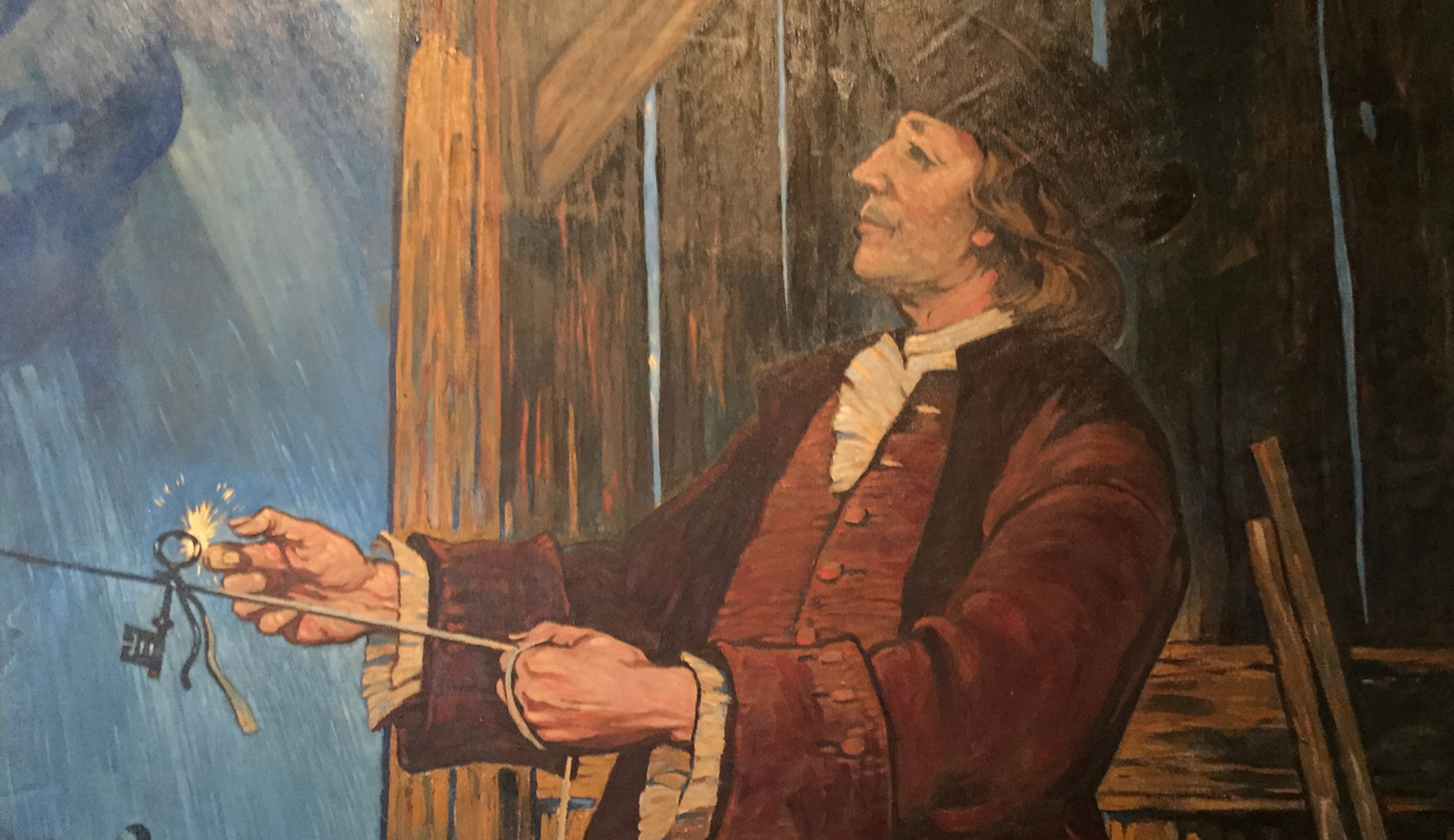“When the moon hits your eye, like a big pizza pie, that’s amore.”
Two local yokels witness the full moon rising. The one asks: “What’s closer, the moon or Florida?” The other replies: “Duh. Can you see Florida?”
“That lunatic just cut me off!”
We make jokes and sing of love in conjunction with the moon and employ its’ Latin name—luna—as a pejorative. No surprise given our wonder for our constant celestial companion.
A mover of oceans and imaginations, our golden orb creates tides and engenders tales of werewolves. Some suggest that pregnancy rates, emergency room visits and criminal activity all rise with a full moon though the jury remains out on such conjectures. In short, our satellite that mirrors the sun amazes, amuses and arouses us during its monthly orbit around our globe.
Earth has but one moon. Mars has two; Jupiter and Saturn each have over 50 confirmed and over two dozen provisional satellites. Surely, lunacy would descend on all if we gazed up at such a sphere-filled nighttime sky. One good moon, and one good spouse trumps a sky full of moons and a harem of headaches.
Our singular moon waxes poetically, its’ manifold permutations change daily, but its monthly rhythmic cycle remains an ad infinitum constant. A new moon—unseen from our vantage point—rises and sets with the sun. Thereafter, like us, it vainly attempts to keep up with sun, falling behind—on average—45 minutes each day until it ‘catches its own tail’ at the start of the next monthly cycle.
Almost coyly, the ‘fingernail’ moon follows the next day, appearing just after sunset in the western horizon so that all might see the debutante’s sublime glory before we set down ourselves to bed. The waxing continues literally and poetically each night, the orb’s illumination expanding to a handsome crescent, its figure displayed prominently on many national flags. The gibbous phase morphs into what seems to be football-shaped illumination, then egg shaped, and finally after two weeks the sphere majestically rises as a rondure of full radiance in the eastern horizon just as the sun sets in the west.
On a clear night, the Moon pours out surreal, milk white light that spurs owls to hunt, and rouses imagery for songs about ‘dancing in the moonlight’; ‘being followed by a moon shadow’; or floating in love on a moonlit stream:
Moon river, wider than a mile I'm crossing you in style some day Oh, dream maker, you heart breaker Wherever you're goin, I'm goin' your way
Enamored cultures across the globe bestowed names for each full moon month. The Farmers’ Almanac lists our parochial names that reflect the radiance of the seasons, running chronologically from January to December: Wolf; Snow; Worm; Pink; Flower; Strawberry; Buck; Sturgeon; Corn; Hunter; Beaver; Cold.
The moon completes its visual cycle in 29.5 days, so every two to three years, a second full moon rises within a single calendar month. We deem this infrequent event a Blue Moon, and employ the term as a metaphor, such as ‘that hack writer gets his work published once in a blue moon’.
After attaining full illumination, the moon begins a ‘waning’ retreat as its rises successively later in the dead of night. Early birds and early morning risers catch sight of a calm, chalk white orb high in the sky until sunlight overwhelms it. The waning fingernail moon rises in the east just before the sun thereby completing the cycle as the new moon follows on the morrow.
The sun and moon share our sky; one red hot, the other decidedly cool. In the winter months, the moon sits higher and longer in the sky as the sun retreats. The two orbs appear the same relative size because the sun’s masses 400 times more volume than the moon, offset by fact that its’ distance from earth logs 400 times farther away from us.
This celestial coincidence occasionally wows us with eclipses—the sun of course more often eclipsing the moon. A full lunar eclipse of the sun differs dramatically from a partial eclipse, the difference being literally night and day when the moon conceals the whole of the sun. Only then can mere mortals gaze at our ruling orb without fear and view the sun’s corona with the naked eye, our emperor without its’ clothes. This rare and dramatic cosmological wonder provides true meaning to the oft misused word: Awesome.
Our Moon continually fascinates us in a myriad of ways. The Thesaurus lists synonyms for ‘fascination’, with each word close in meaning but connote subtle differences that describe our varied and ever-changing feelings. Indeed, our Moon captivates; charms; attracts; enthralls; mesmerizes; interests; absorbs; intrigues; appeals; beguiles; allures; entices; bewitches; transfixes; and spellbinds us.
Take time to smell the flowers, and to gaze up at the moon.

2 replies on “Moon Shadows”
Nice…very, very nice.
No hack writer you Paul. I guess I have to go back and try to find your first composition here and compare the pieces, but my impression is that you are getting better and better. Very enjoyable read.